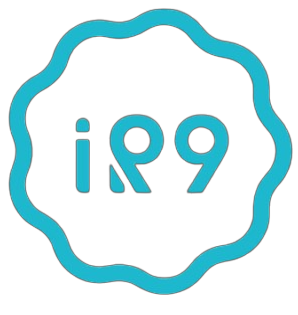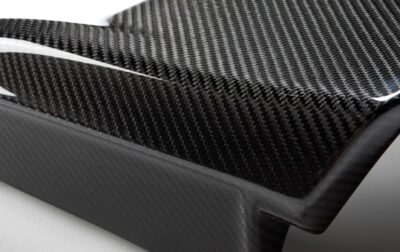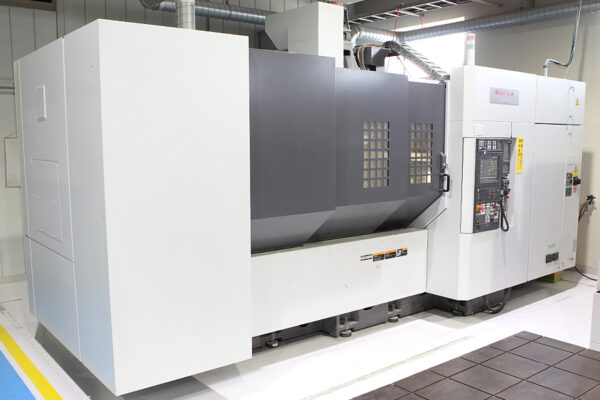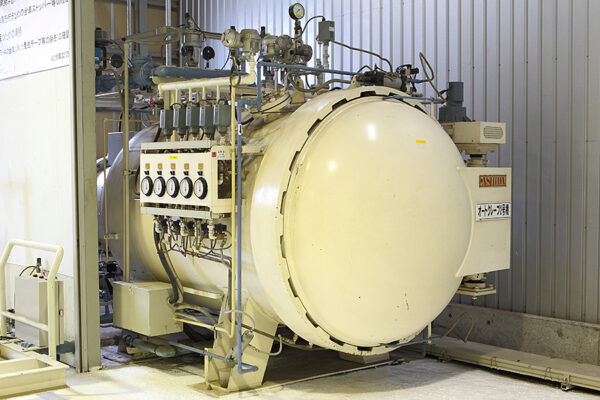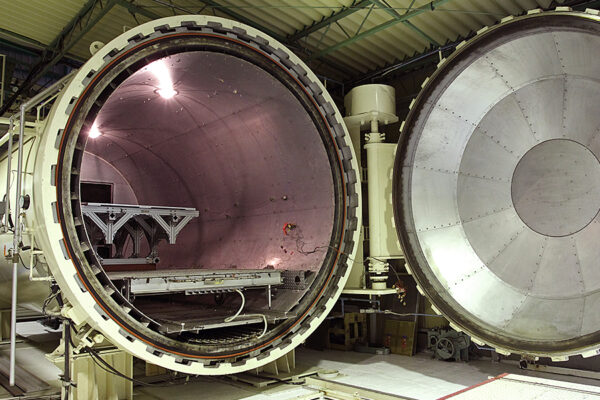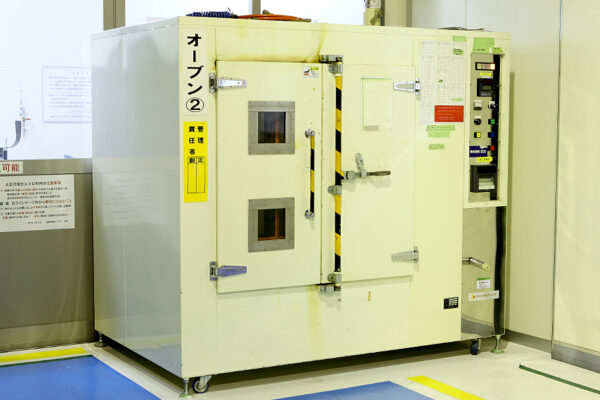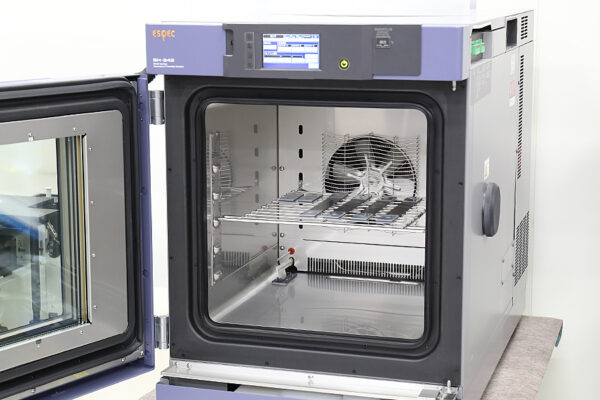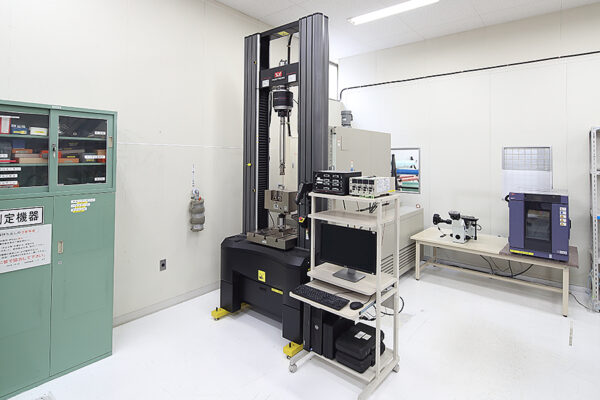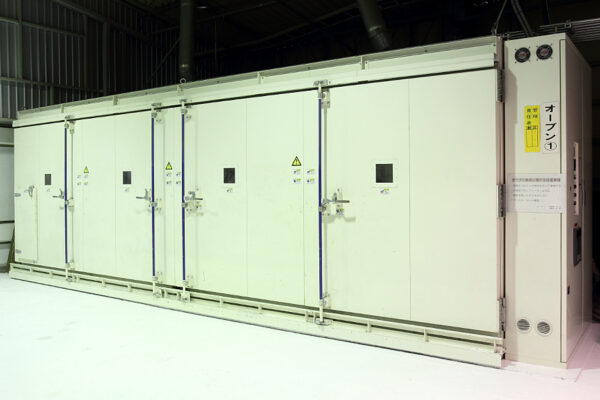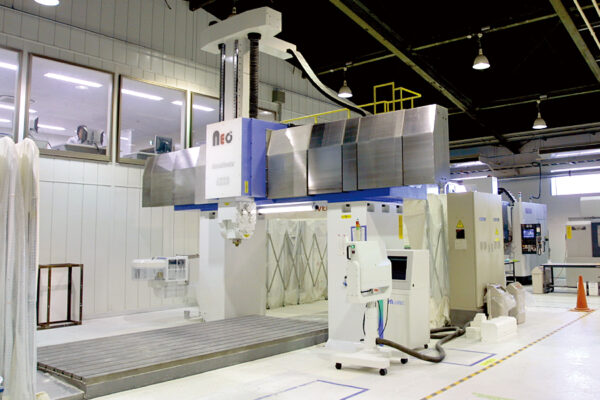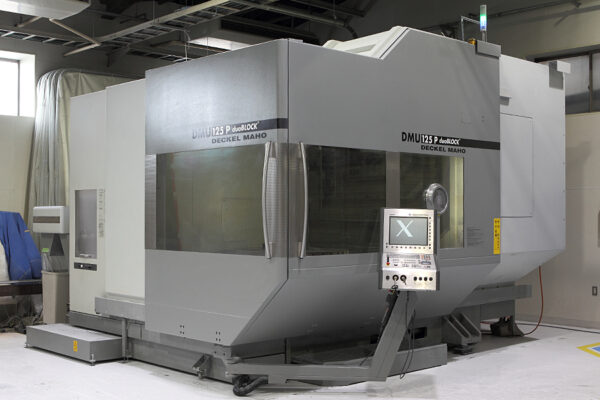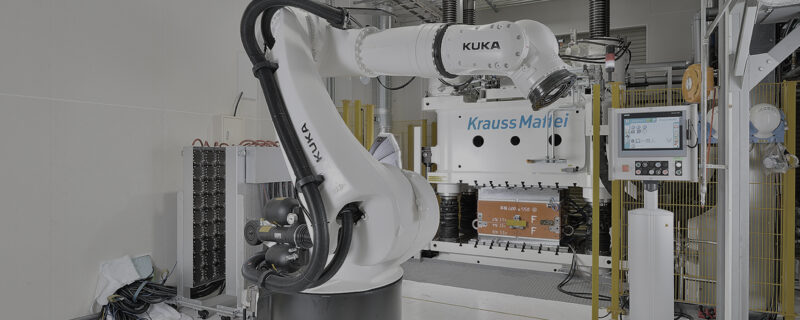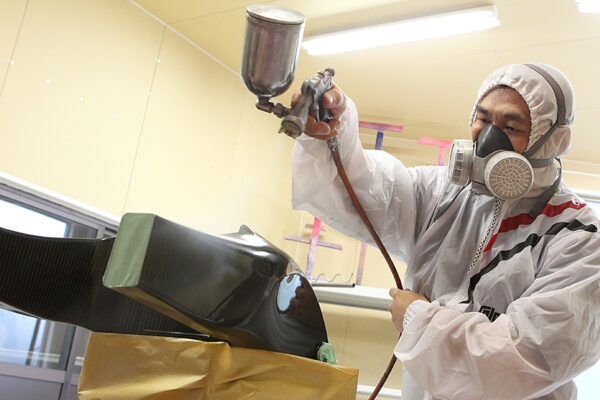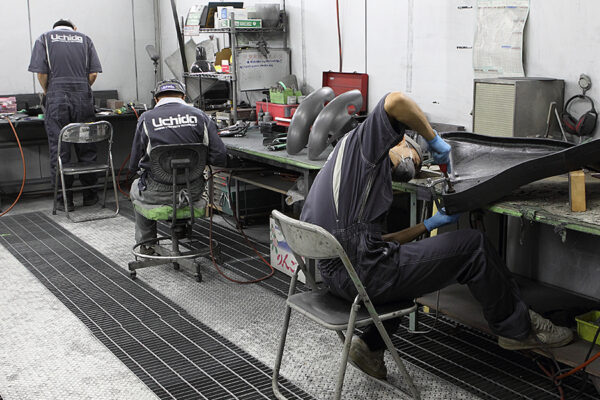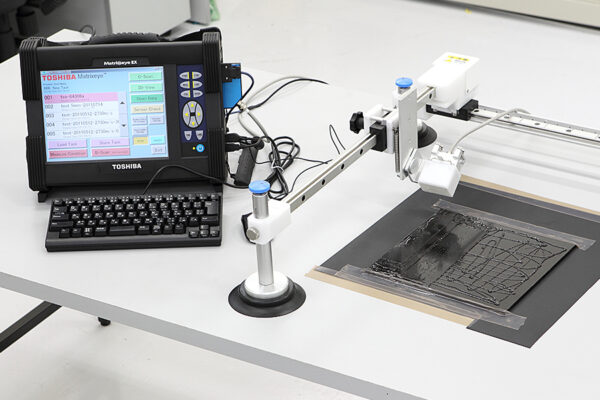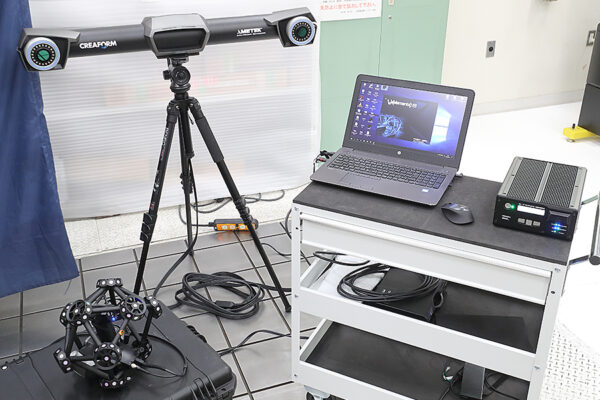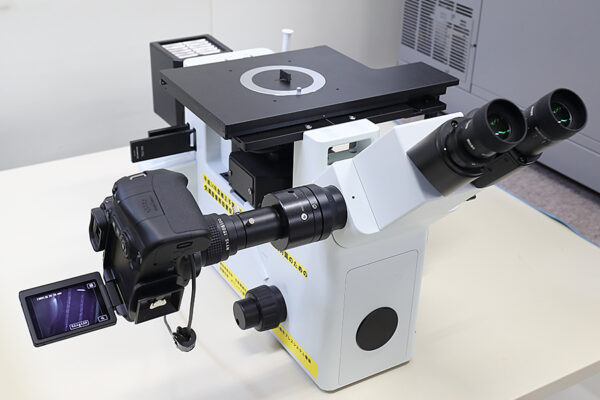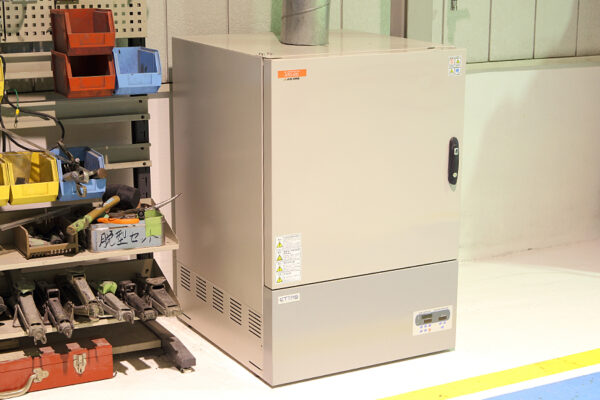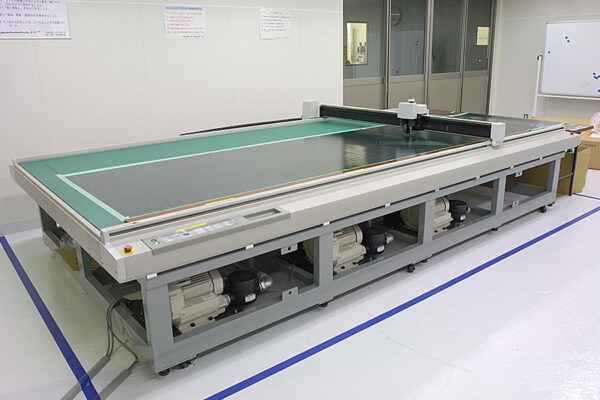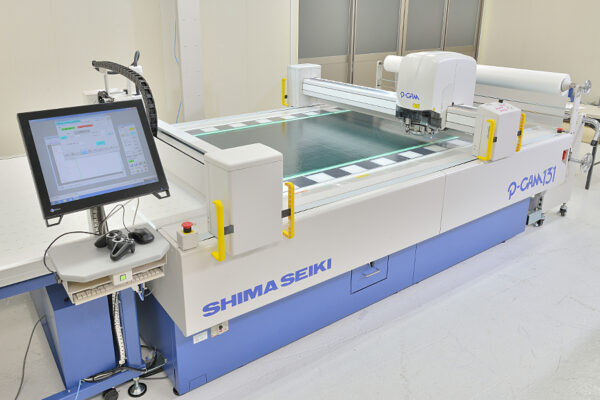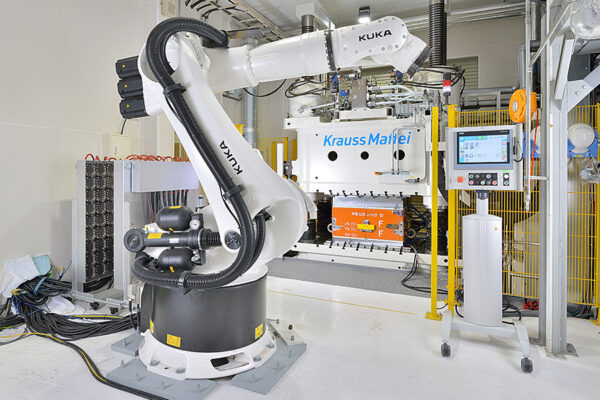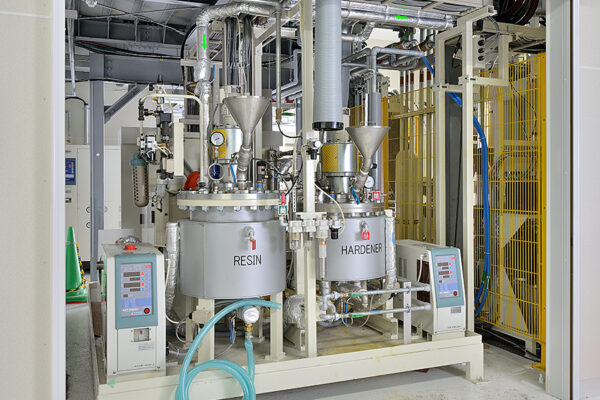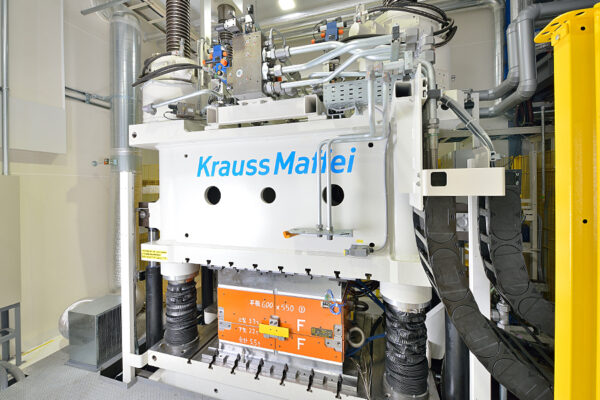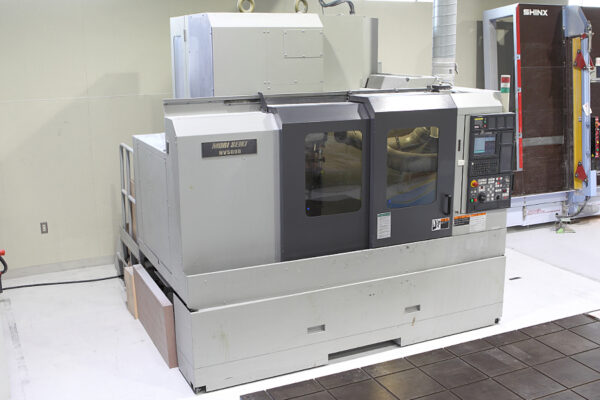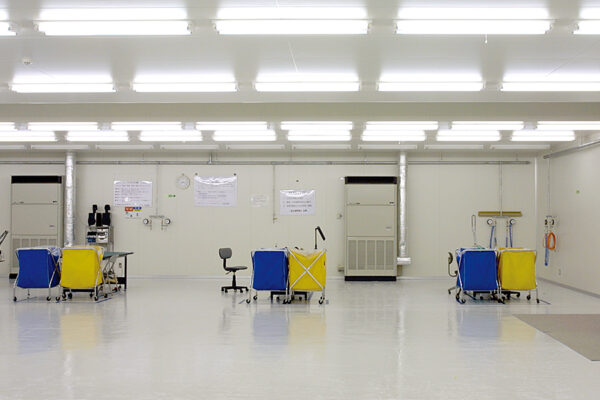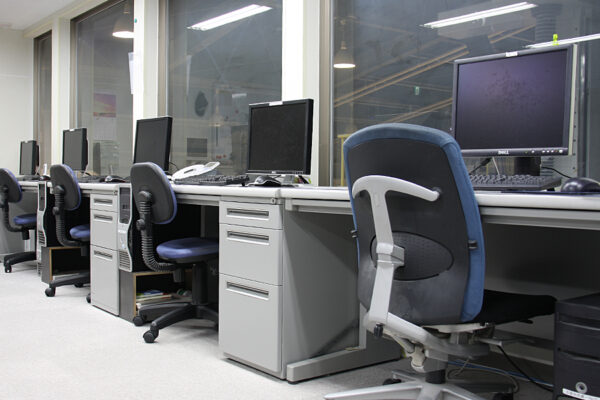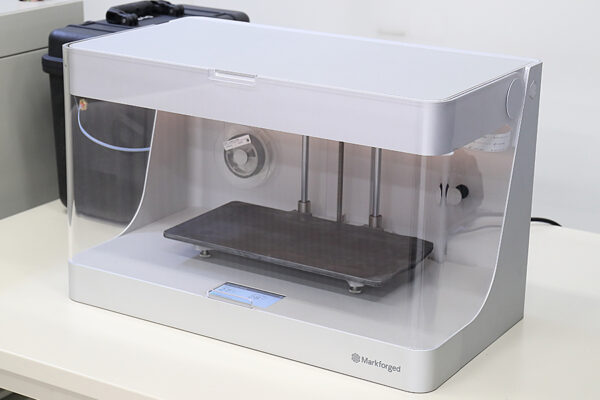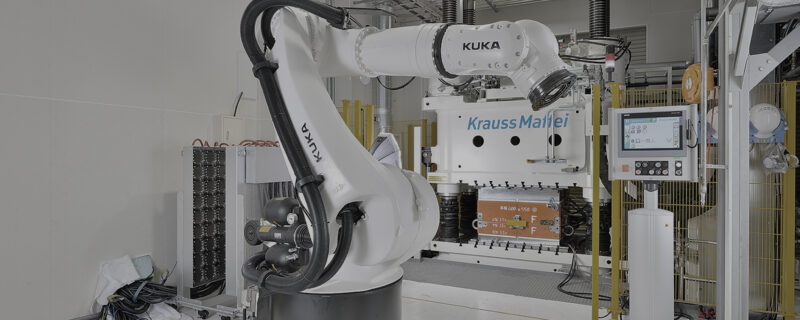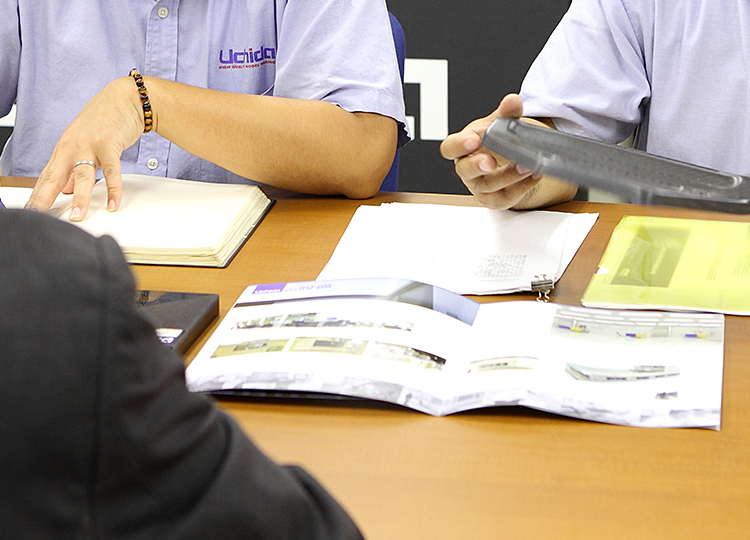Introduction
These days, technical jargon such as FRP, CFRP, composites, and weight-efficiency often appear in the media for a range of applications. Such terms may be annexed with “lightweight, strong, and non-corrosive” materials that substitute metals. But what exactly are these materials?
Overview
Carbon Fiber Reinforced Plastics (CFRP), as the name implies, refers to plastics reinforced with carbon fibers. The initial letter refers to the type of fiber used; C being carbon, G being glass fibers, and A being aramid fibers. Since CFRPs are composed from a combination of reinforcing fibers and resin (plastic), they are referred to as a “composite” or “composite material”.
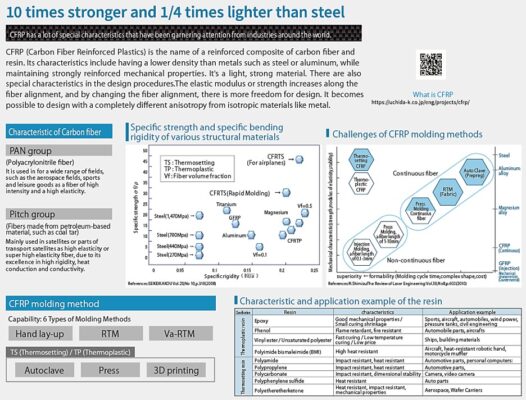
In this issue, we will explore one of the many types of molding methods—PCM Manufacturing.
What is the PCM Fabrication Method?
PCM is an acronym for Prepreg Compression Molding. This method utilizes carbon fiber sheets pre-impregnated with resin (prepregs) which are pre-formed with specialized equipment, set into a metal die, and then heat- and pressure-molded in a molding press.
While autoclave molding has been the dominant molding method for prepregs, due to its ability to achieve high-precision and high-quality CFRP products, the lengthy molding times (4 to 6 hours) greatly inhibits mass producibility and cost reductions. The PCM method optimizes productivity by employing fast curing resins for the prepreg matrix together with thermo- compression press machines.
Key Features of PCM
- Short molding cycle(about 5minutes)
- Delivers high mechanical properties equivalent to products created with autoclave molding.
- Prototypes can be tested and verified using the autoclave molding and then transferred to PCM method for production.
- Molding with compression press machines allows for combined use of prepregs and SMC materials.
- Enables high cycle production while maintaining the unique appearance of carbon.
- Automated lamination for forming processes (pre-forming of prepregs), which were conventionally performed manually by technicians, eliminates inconsistencies and optimizes production stability.
Manufacturing Method
CFRP offers diverse features and can be produced using various molding methods depending on the shape of the product, production lot, and structure or specifications. At Uchida, we can provide one-stop support for a wide range of molding methods starting from prototyping.
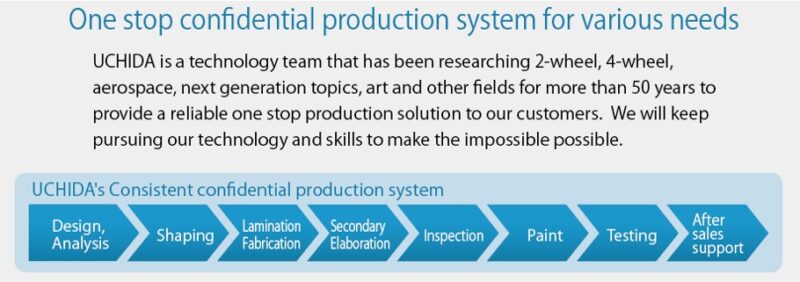
Summary
This issue discusses the PCM method for CFRP manufacturing. Understanding the details of this advanced material is somewhat challenging due to limited available information. In a nutshell, FRP features impressive “lightweight, strong, and non-corrosive” properties. The materials, manufacturing method, and processes employed to manufacture and maximize the impressive characteristics of CFRP will differ depending on the form, requirements, production volume, and targets of the final product. Selecting the optimal materials and process is pivotal, and being able to visualize and determine these factors at the initial design stage is near impossible unless you are a specialist manufacturer.
Related useful contents
You can explore related content by clicking on a topic of interest.
ABOUT UCHIDA - 55 years since our founding
We leverage a wealth of technical expertise as a CFRP molding and processing manufacturer using FRP, GFRP, and CFRP materials. We offer a one-stop solution, encompassing design, analysis, manufacturing, secondary processing, assembly, painting, quality assurance, and testing.
UCHIDA's equipment
We have cutting-edge equipment to ensure that we can address even the most advanced challenges of our customers.
Video Library
In the following video, we provide a detailed overview of our manufacturing process. Please feel free to watch and learn more.

